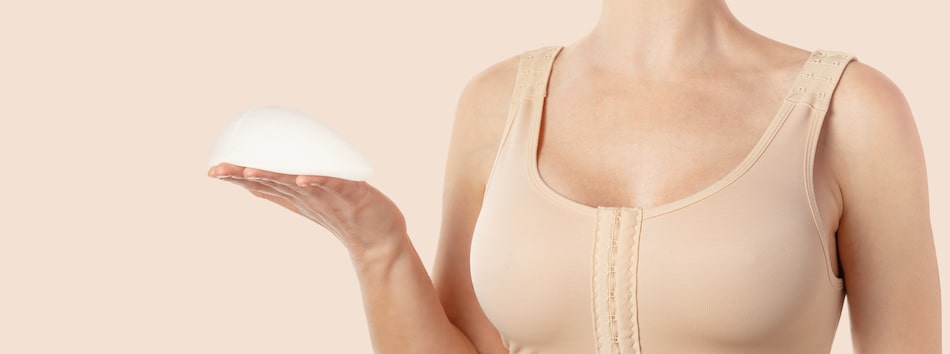
Breast augmentation surgery is a cosmetic procedure that allows patients to enjoy an increase in the size and shape of the breasts and also give them an improved contour. There are multiple breast augmentation techniques, and they include the placement of breast implants in the body or fat transfer where fat is removed from another part of the body, vis liposuction, and then injected into the area of the breasts to provide the desired augmentation. While these are the most common breast augmentation procedures at the moment, there are ongoing trends in the world of cosmetic breast augmentation using breast implants as shown in a recent medical journal article.
 In a study reported in the December issue of Plastic and Reconstructive Surgery, there is a focus on ongoing quality improvement data that was shared by board-certified plastic surgeons. According to the lead author of the study, Michael J. Stein, MD, MAS, FRCSC, FACS of Lenox Hill Hospital, New York, N.Y., “The findings illustrate evolving trends in breast enhancement over the past 16 years, including factors like the location of the incision and the type and positioning of implants. The data reflects current best practice among Board-certified plastic surgeons, with attention to safety issues and the latest research evidence.”
In a study reported in the December issue of Plastic and Reconstructive Surgery, there is a focus on ongoing quality improvement data that was shared by board-certified plastic surgeons. According to the lead author of the study, Michael J. Stein, MD, MAS, FRCSC, FACS of Lenox Hill Hospital, New York, N.Y., “The findings illustrate evolving trends in breast enhancement over the past 16 years, including factors like the location of the incision and the type and positioning of implants. The data reflects current best practice among Board-certified plastic surgeons, with attention to safety issues and the latest research evidence.”
Breast augmentation is recognized as one of the most frequently performed plastic surgery procedures. As recently as 2022, members of the American Society of Plastic Surgeons performed almost 300,000 breast augmentation surgeries (according to information from the organization). In order to assess both surgical techniques and practice patterns over a period of time, Dr. Stein and his colleagues analyzed data from the Continuous Certification process of the American Board of Plastic Surgery (ABPS).
During this process, plastic surgeons are required to submit information on “tracer procedures” that are frequently performed as part of their evidence of ongoing improvements on their part in their clinical practice. The information in the study included data on 31,700 breast augmentation cases that were submitted between the years 2005 and 2020 by 1082 surgeons. The cases were divided between the years 2005-2014 (early) and 2015-2020 (recent) to better assess surgical technique trends over the years.
Patients in the more recent category were shown to be less likely to have a preoperative mammogram (29% vs. 24%) and less likely to smoke (12% vs. 85%). In addition, females in the more recent category were more likely to experience sagging/ptosis of the breasts (23% vs. 20%).
The study data also revealed evolving practice patterns in multiple areas spanning the early category of cases to the more recent category of cases:
As shown above, the use of textured breast implants has reached the point that they have not been used since 2020. One of the main reasons that textured implants feel out of favor was warnings issued by the FDA regarding a rare form of cancer that was found to be associated with this particular breast implant. The name of the rare form of cancer is breast implant-associated anaplastic large cell lymphoma, or BIA-ALCL.
In addition, the other trends in breast implant surgical techniques, such as the growth in the use of “under the muscle” placement of breast implants and the inframammary incision, were recognized as being consistent with new studies that were evidence-based.
While acknowledging that the use of ABPS Continuous Certification data does have some limitations, the authors of the study consider this data to be one the best resources available for assessing plastic surgery trends over time. Dr Stein said, “Our findings lend insights into the continuous evolution of surgical technique in breast augmentation by Board-certified plastic surgeons, with a focus on evidence-based practice to maximize patient safety and patient satisfaction.”
Arun K. Gosain, MD, of Lurie Children's Hospital, Chicago, is a senior author and he has started performing similar reviews that use ABPS Continuous Certification data for tracer procedures that range from hand surgery to craniofacial surgery and aesthetic surgery. When asked about beginning this type of review process, Dr. Gosain said, "The current review highlights the value of Continuous Certification for practicing plastic surgeons, allowing them to assess their practice patterns relative to those of their colleagues and to evaluate how these practice patterns have evolved over time."
- MA